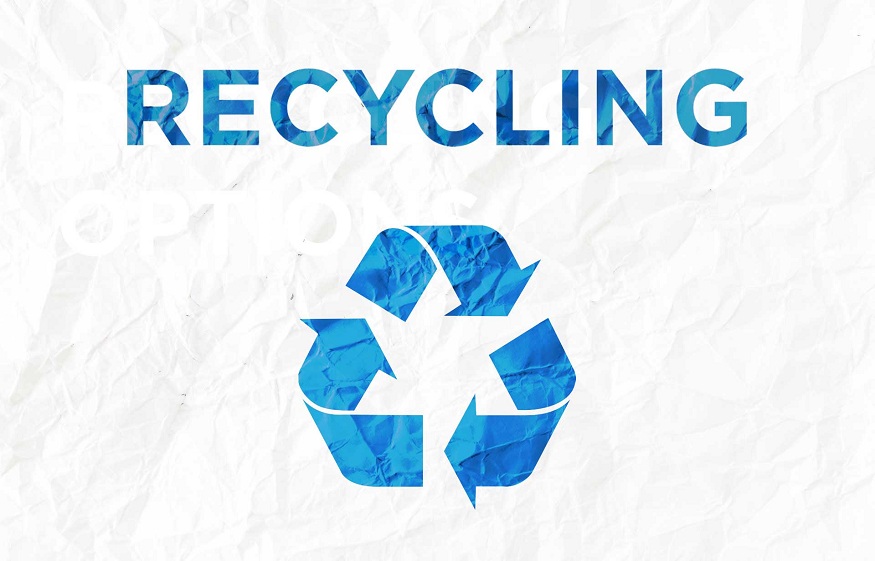
There are various ways that you can recycle your old IT gear. Some people refer to it as “IT recycling,” while others just call it “recycling.” In this article, learn more about each type of recycling and how you can make it easy on both yourself and the environment.
What is IT recycling?
IT recycling is the process of recovering materials from old or obsolete IT equipment for reuse or recycling. It is a key part of initiatives to reduce the environmental impact of technology.
IT recycling can be made easy with the help of appropriate technologies and procedures. Here are some tips on how to make recycling easier for your organisation:
-Set up a centralised IT recycling program. This will help you track and manage recycled materials more effectively.
-Encourage employees to recycle old IT equipment. Make it easy for them by providing proper disposal facilities and training.
-Use appropriate materials when recycling old IT equipment. For example, don’t recycle plastic if you can use metal instead.
-Follow appropriate environmental regulations when recycling old IT equipment. Failure to do so could lead to fines or even jail time.
Why do we recycle?
The answer to this question is multifaceted. Recycling helps reduce the amount of waste that is created, it provides a means for recovering materials that would otherwise be wasted, and it helps support the economy by creating jobs in the recycling industry. The benefits of recycling are clear, but how do we go about doing it?
IT recycling can be easy if you take a few simple steps. The most important thing to remember is that recycling should be done responsibly and in compliance with local regulations. Here are some tips on how to get started:
- Make sure your company is registered with the appropriate recycling authorities. This will help ensure that your recyclables are collected properly and disposed of in an environmentally friendly way.
- Follow the manufacturer’s instructions for taking apart your electronic equipment. Many devices have removable parts that can be recycled separately, such as batteries and storage media.
- Sort your recyclable materials into designated containers. This will help keep track of what has been recycled and what needs to be disposed of in a more environmentally friendly way, such as landfills or incinerators.
- Make sure your employees are familiar with the proper procedures for recycling.
How to recycle a computer
Computer recycling is a process that helps reduce the amount of electronic waste in landfills. When you recycle a computer, you can help preserve natural resources and reduce pollution. Here are five ways to recycle a computer:
- Download and install the free recycle bin from the Environmental Protection Agency’s website. The EPA’s recycle bin helps you separate electronics by type and size for easy recycling.
- Use your local drop-off donation centre or municipal recycling program. These centres will accept all types of electronic waste, including computers.
- Contact your local tech support centre or computer repair shop to ask if they offer recycling services. Many shops will collect old computers and turn them into new ones or parts.
- Set up a digital scrapbook to document your old computer’s life and recycle it responsibly. This way, you can be sure that any valuable data is properly disposed of and not wasted in a landfill.
- Use online resources to learn more about recycling computers and find specific advice for your particular device or model.
Effect of recycling on the environment
IT recycling is becoming more popular each year because it has a large effect on the environment. Recycling reduces the amount of waste that goes to landfills and helps protect the environment. Here are some ways you can make recycling easier and more sustainable for yourself and the environment:
- Choose recyclable materials wisely: Only recycle materials that can be reused or recycled. Sometimes people put items in the recycling bin that shouldn’t be recycled because they think they can get money for them, but this is not always true. For example, paper products such as newspapers and magazines can’t be recycled because they are made of fibres that break down into smaller pieces and end up in landfills. If you want to recycle these materials, you will need to find a recycling centre that specialises in them.
- Keep your recyclables organised: When you have recyclables properly sorted and stored, it’s easier to keep track of what goes where and when it needs to be picked up. This will help reduce the amount of time needed to recycle your materials.
Conclusion
IT recycling is one of the most important steps that organisations can take to protect our environment and reduce their waste stream. By implementing simple recycling techniques, businesses can help divert materials from landfills and keep valuable resources out of the hands of unscrupulous collectors. In this article, we will discuss some common IT recycling practices and how you can make them easier for your organisation to adopt. Hopefully, this information will help you see the benefits of recycling IT equipment properly and give you the impetus to get started on a successful recycling program.






